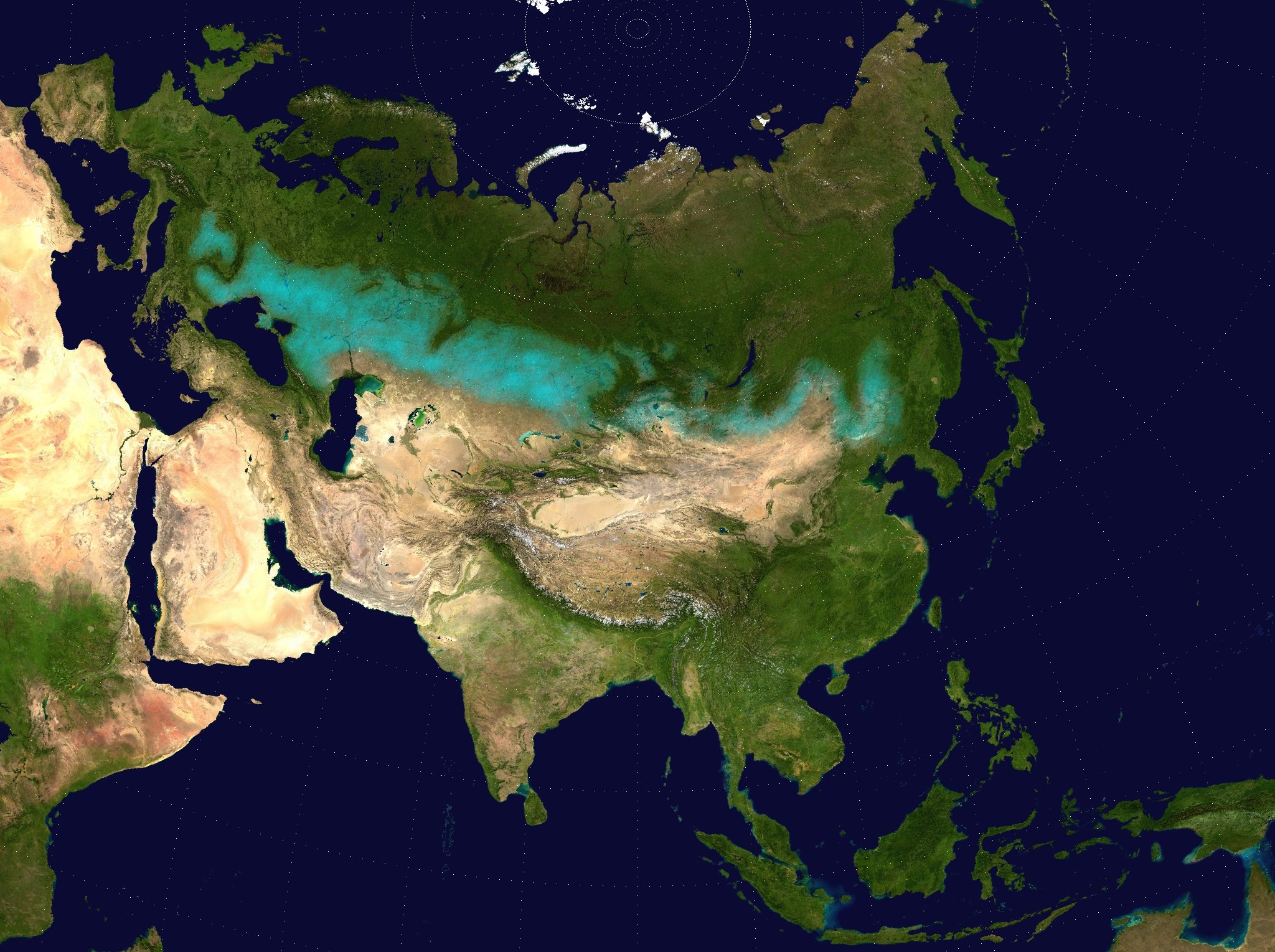Problems of Central Asian geography
My college library (Doheny Library, at USC) had old dark stacks that clearly dated from the era when you had to request a book and have it provided by a librarian. Actually, the same was true of my graduate school main library and here in Cambridge until they rebuilt what is somewhat oxymoronically called the Main Branch.
It was full of what can only be called tomes, and I remember seeing several evocative and challenging titles. One was Prosopography of the Later Roman Empire. Another was The Empire of the Steppes: A History of Central Asia, by René Grousset, with a severe black cover.
I did not essay either of these books at the time. I’ve been meaning to dive more deeply into geographies and eras of world history that I had little knowledge of. Earlier this year Razib Khan, a big reader of history as well as science, presented several reading lists, and I decided to start reading my way through the first one, on history.
The Eurasian steppe belt is in teal, with mostly forest to the north, deserts and mountains to the south
These are damned, thick, square books, and each takes a few weeks to read. So now I have read The Empire of the Steppes! It’s an old book (first published in French in 1939, translated into English in 1970), and extremely dense, covering steppe empires from the Scythians to the last remnants of the Mongols in the 18th century.
There are many tribes, many rulers, many betrayals, many overthrows. But it is also rewarding, because it really gives you a sense of the sweep of both geography and time. It is a vast overview of events between the southern Ukrainian steppe and Manchuria.
I can’t keep Central Asian geography in my head. Grousset provides useful schematic endpaper maps showing the different steppe regions as well as forested and mountainous areas, and a number of line maps for various empires and historic events. The dust jacket is taped down over the endpapers. Fortunately, front and back have the same map (perhaps anticipating this), so I could put the whole thing together by flipping back and forth.
The specific more-detailed line maps were extremely helpful for the events being covered in that section, but I still had a lot of trouble relating the schematic to the topography and landscape. I’ll keep working on it, though. It’s clear that the history we know well, essentially that of peripheral sedentary states, was strongly influenced by and often dependent on events in the center of the continent.
Oh, and I have still never read Prosopography of the Later Roman Empire. Roman prosopography studies social networks and groups to get at an understanding of social life where individual biographies are scarce or nonexistent. I see that the volume I would see has been joined by several more over the past few decades, so I am falling farther and farther behind.
